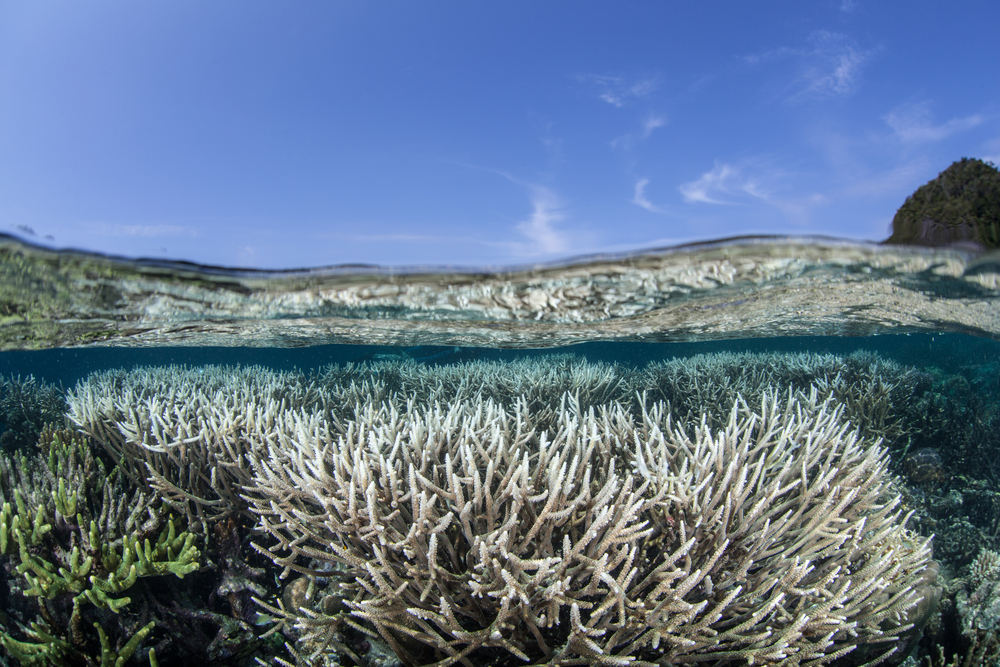-
Research brief: Global warming to transform Australia’s temperate marine ecosystems
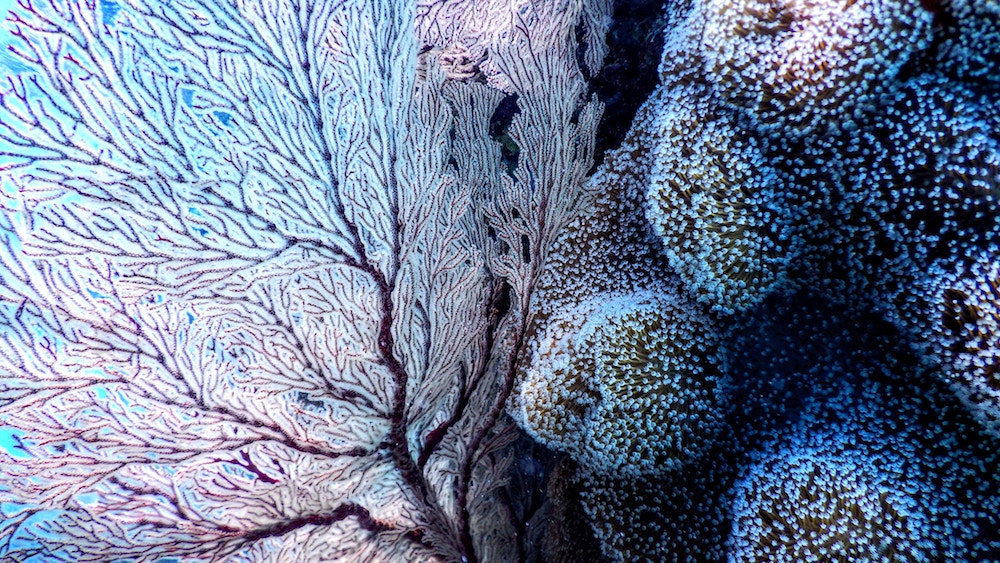
Deep ocean reefs are likely to transform with global warming bringing together species from temperate and tropical waters that may have never coexisted before, according to new research published in Nature Climate Change.
-
Research brief: Drivers of Antarctic sea ice volume change in CMIP 5 models
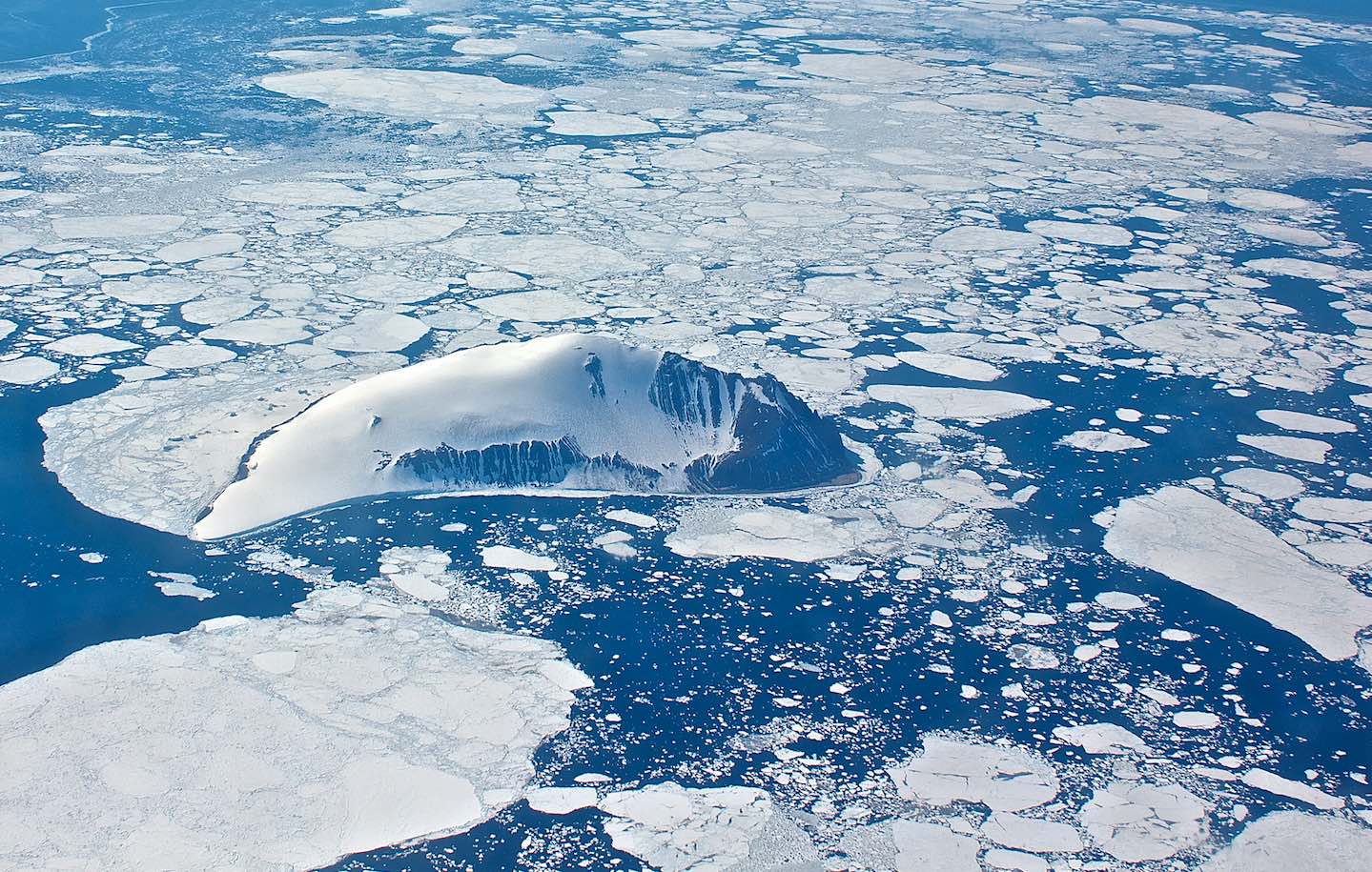
CLEX researchers find that ocean sea-ice models generally agreed on changes to average yearly cycle of freeze and melt in Antarctica, with dynamic processes dominating the sea ice edge and thermodynamic processes dominating the interior of the sea ice pack. However, the models disagreed about the trends of sea ice volume.
-
Research brief: How strong currents influence Tasmania’s marine heatwaves

An unusually strong East Australian Current extension leads to an increased probability of marine heatwave days around Tasmania. Conversely, a strong Zeehan Current during these seasons decreased the probability of marine heatwave days in this region.
-
Research brief: Magnetic Suppression of Zonal Flows on a Beta Plane
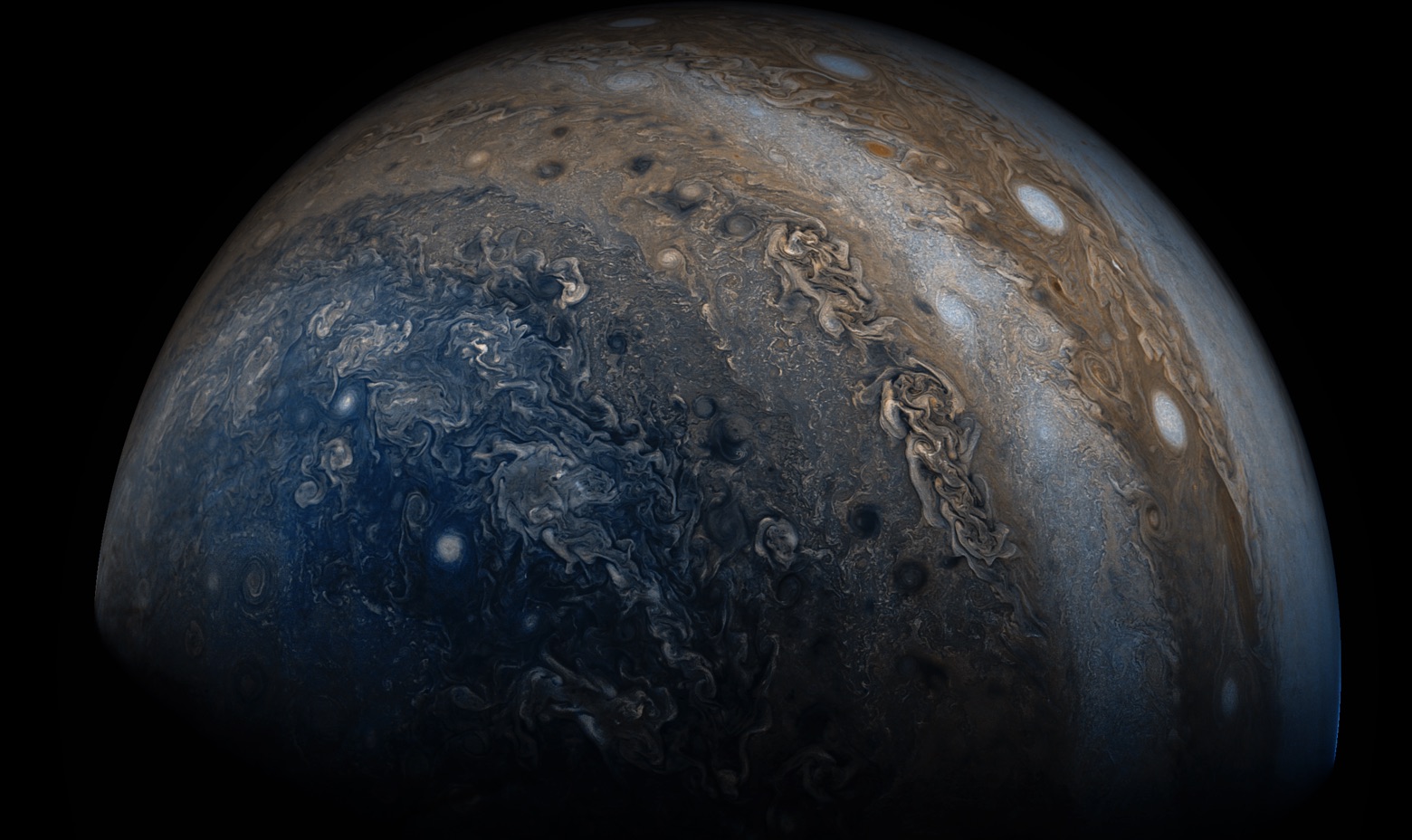
One of the most striking features of Jupiter –-a gaseous giant with no solid surface– is the coloured bands encircling the planet. These bands are strong zonal jets that flow in Jupiter’s atmosphere, similar in a way to the jets in Earth’s atmosphere. Until recently, we had almost no direct observations beneath Jupiter’s clouds.
-
Research brief: Influence of the Madden-Julian oscillation on Costa Rican mid-summer drought timing

The Central American mid‐summer drought (MSD) is the decline in rainfall during the middle of the wet season over Central America, which has been shown to have strong effects on agriculture and bushfires in Costa Rica. The Madden–Julian oscillation (MJO) has been shown to influence Costa Rican rainfall on intra‐seasonal time scales, and therefore may…
-
Research brief: Summertime Heatwaves in Brisbane

Heat waves are the deadliest natural hazard in Australia. Motivated by the prediction that the number of extremely hot days in subtropical Australia will increase in a warmer climate, this study aims to develop a comprehensive picture of the processes leading to extreme temperatures.
-
Research brief: How well can climate models simulate interactions between cool and dry conditions under the current climate?

This paper shows that many models overestimate the interaction between hot and dry conditions in wet regions and therefore overamplify heat extremes. The study points to necessary model improvement to increase confidence in future projections of heat extremes.
-
Research brief: If dimethyl sulfide emissions ceased, Earth would warm 0.5C in a decade
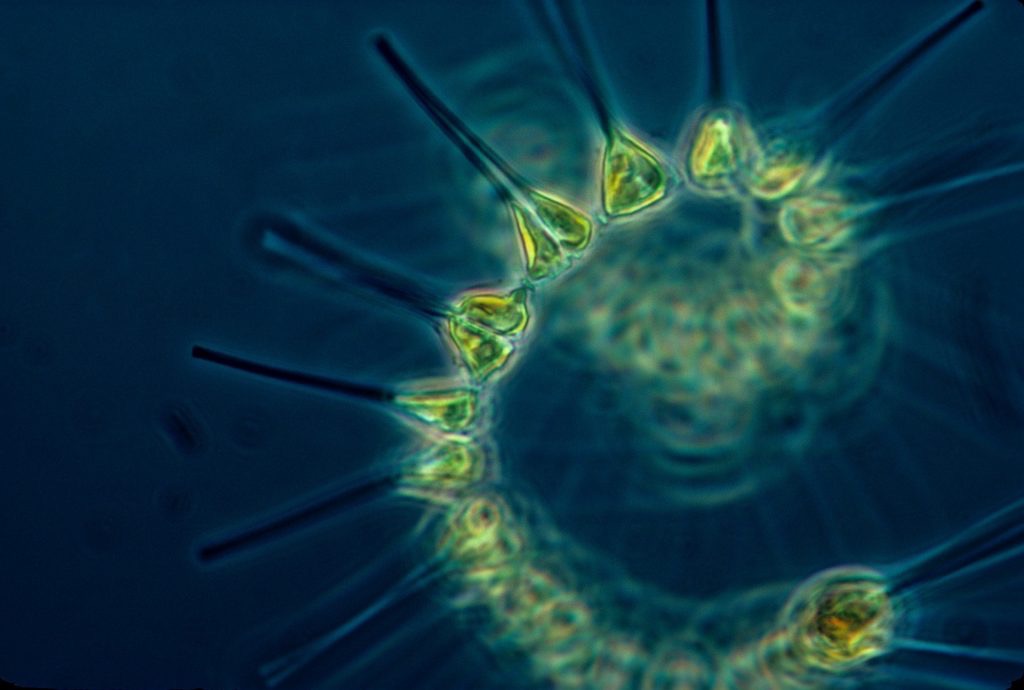
The study finds important regional consequences for precipitation and clouds formation if large changes in dimethyl-sulfide emissions were to occur. In a hypothetical case where all marine DMS emissions cease completely, we find the Earth would warm by approximately 0.5 degrees C over a ten-year period.
-
Research brief: Southern Ocean’s clockwise eddies are most productive
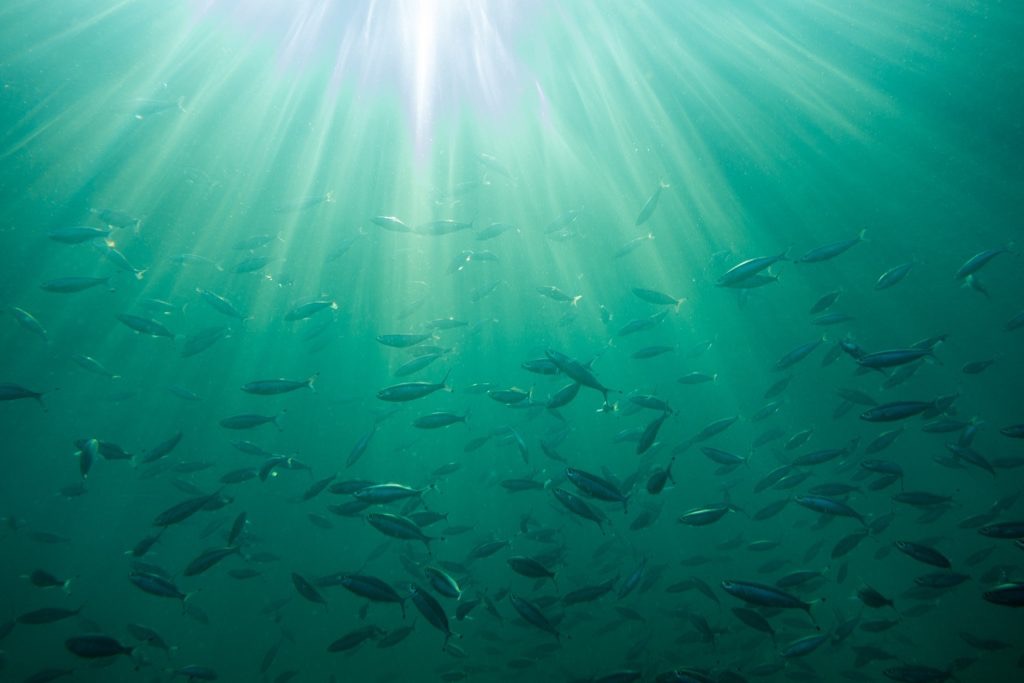
CLEX researchers found that counter-clockwise rotating eddies in the Southern Ocean mix the ocean deeper in winter, allowing more nutrients to enter their interiors, leading to higher productivity. This work is important because eddy productivity plays a significant role in the exchange of carbon between the ocean and the atmosphere.

